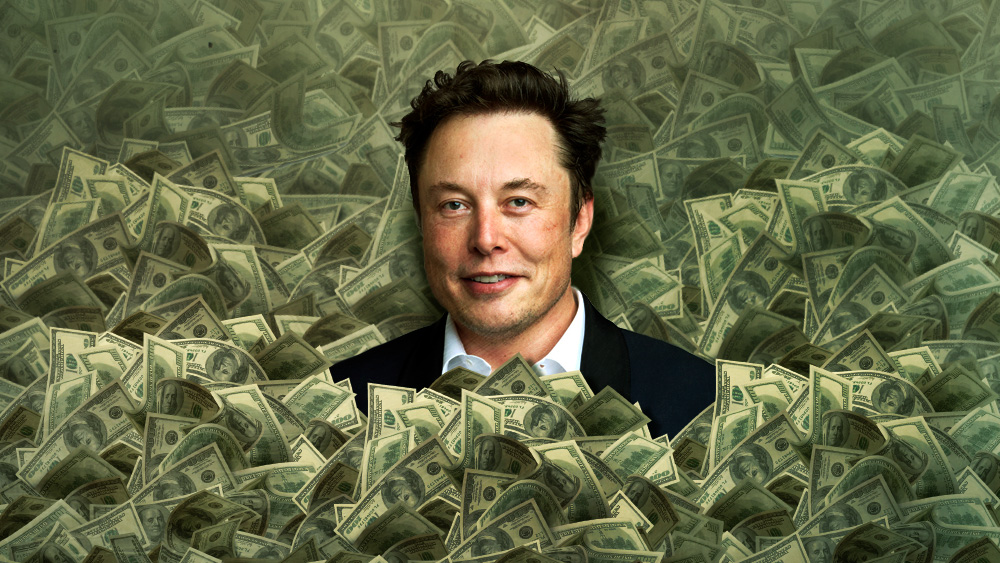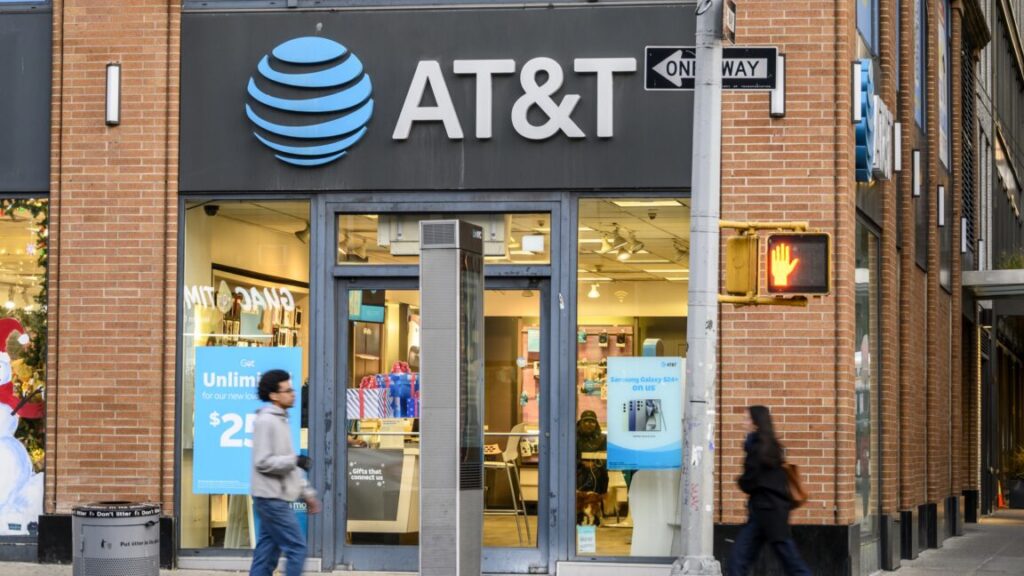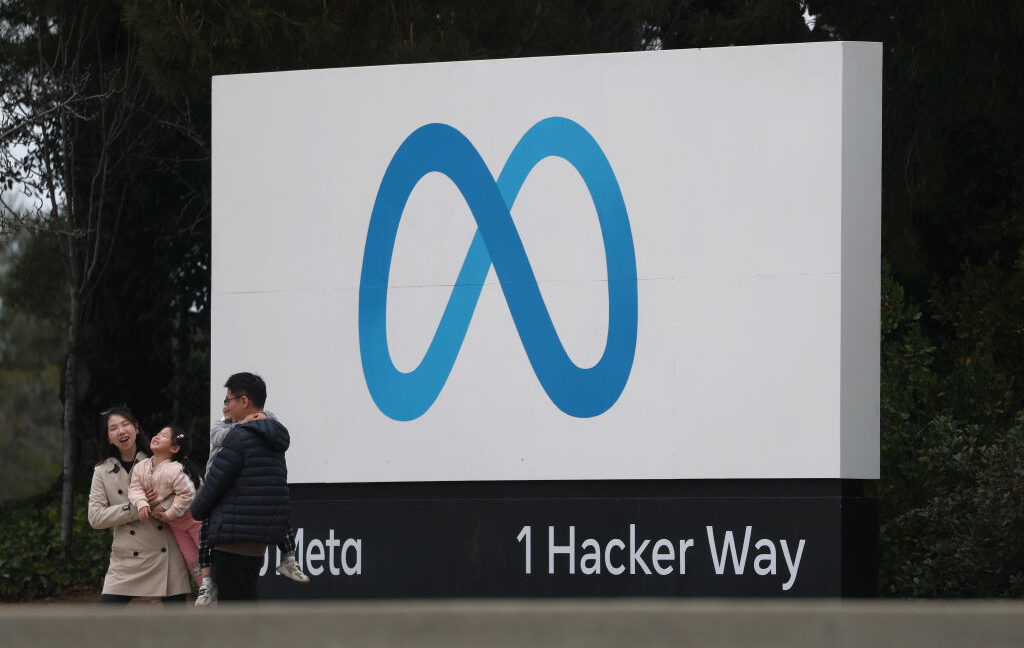Ryanair tries forcing app downloads by eliminating paper boarding passes
The policy change is also meant to get people to do more with Ryanair’s app, like order food and drinks, view real-time flight information, and receive notifications during delays.
Brady said Ryanair selected the November 12 start date because it’s during what is “traditionally a slightly quieter time for travel following the busy mid-term break period.”
Inconvenience preparing for takeoff
Eliminating paper boarding passes may create numerous inconveniences. To start, not everyone wants Ryanair’s app on their personal device. And many future customers, especially those who don’t fly with Ryanair frequently or who don’t fly much at all, may be unaware of the change, creating confusion during travel, which can already be inherently stressful.
Also, there are places where Ryanair flies that don’t accept digital boarding passes, including some airports in Albania and Morocco. In these instances, Ryanair still requires online check-ins (either via Ryanair’s website or app), and then the airline will provide paper boarding passes.
People who are less technically savvy or who don’t have a smart device or whose device has died won’t be completely out of luck. Ryanair says it will accommodate people without access to a smartphone with “a free of charge boarding pass at the airport” if they’ve checked in online “before arriving at the airport.”
“Nobody’s going to get stranded. Nobody’s going to get left behind,” O’Leary said, per The Telegraph.
Despite this, some travel experts are worried about potential chaos.
“There will be absolute havoc when that takes effect,” Irish travel commentator Eoghan Corry told RSVP Live in January.
Ryanair will be the first airline to do away with paper boarding passes. It already has a history with being on the ground floor of controversial digital-forward policies. Ryanair was the first airline to require people to check in online in advance or else pay a fee, as noted by The Independent.
“There’ll be some teething problems,” O’Leary said of moving to digital-only boarding passes.
Ryanair tries forcing app downloads by eliminating paper boarding passes Read More »















